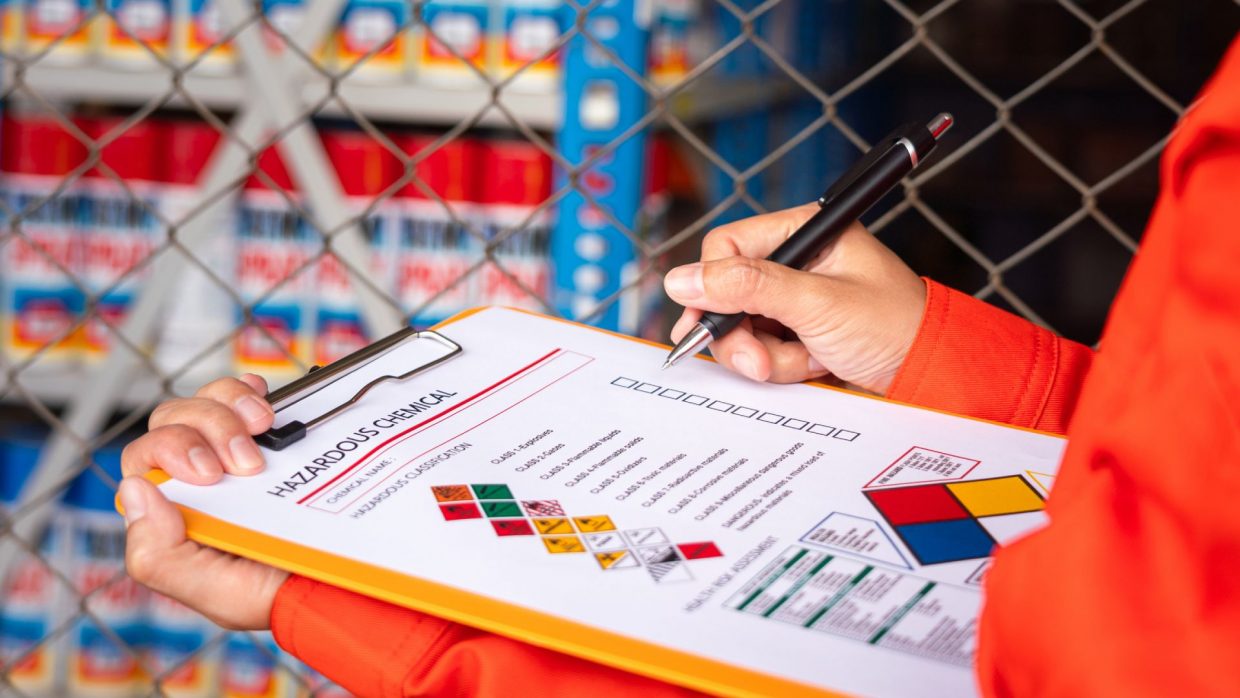Every day, health and safety professionals grapple with how to stay ahead of hazards and risks. Traditional safety management methods often rely on manual reporting and reactive measures, which can make it harder to spot trends and address issues early. … Read More

The Ultimate Guide to Chemical Management
From manufacturing to agriculture to healthcare, handling chemicals is a routine part of operations in many industries. However, it comes with its own set of challenges and hazards. For instance, think about a pharmaceutical lab dealing with volatile compounds; such … Read More

The Complete Health & Safety Audit Checklist
Workplace health and safety is essential for every organization. Prioritizing employee well-being not only boosts productivity and morale but also improves the overall quality of life. While hazards are common, organizations that focus on mitigating these risks are more likely … Read More

What is Green Chemistry and Why it Matters
Proper chemical management is crucial to safe operations in several industries. Companies that handle hazardous chemicals have long been subject to strict regulations, which have only grown more complex in recent years. As a result, there is a growing need … Read More

A Practical Guide to Data-Driven Occupational Health and Safety
Occupational health and safety (OHS) is rapidly evolving with the rise of digital technologies. Innovations like the Industrial Internet of Things (IoT), artificial intelligence, wearables, robotics and mobile devices are reshaping workplace safety, enabling streamlined processes and reducing risks. However, … Read More

The Difference Between Reactive and Proactive Health & Safety Management
It may sound complex, but the difference between proactive and reactive health and safety management is simple. Reactive organizations manage incidents after they occur, while proactive organizations aim to be preventative by identifying and resolving hazards before they lead to … Read More

The 5 Key Components of a Safety Audit
Safety audits play a significant role in maintaining health and safety within your organization. Beyond ensuring legal adherence, safety audits identify and rectify potential hazards that, if left unaddressed, could lead to tragic workplace incidents or even fatalities. Moreover, audits … Read More

Breaking Silos in Healthcare: Why Integrated Risk Management is Essential
Why is integrating risk management across domains important? Healthcare is becoming more technology-driven than ever before. This means managing risk in isolation is no longer effective. The key to transformation? Alignment. How so? To safeguard both operational integrity and patient … Read More

5 Types of Risk Assessments and How to Use Them
Risk assessments are often a legal requirement, essential for ensuring workplace safety and compliance. Simply put, a risk assessment helps identify hazards and potential risks within a work environment, providing effective strategies to mitigate or eliminate these threats, ultimately promoting … Read More

What is the difference between an Audit and an Inspection?
Navigating the intricacies of health and safety can be overwhelming, given the multitude of processes and frequent updates to keep up with. It’s understandable to occasionally confuse terms, especially when they share similarities, such as audits and inspections. While these … Read More

